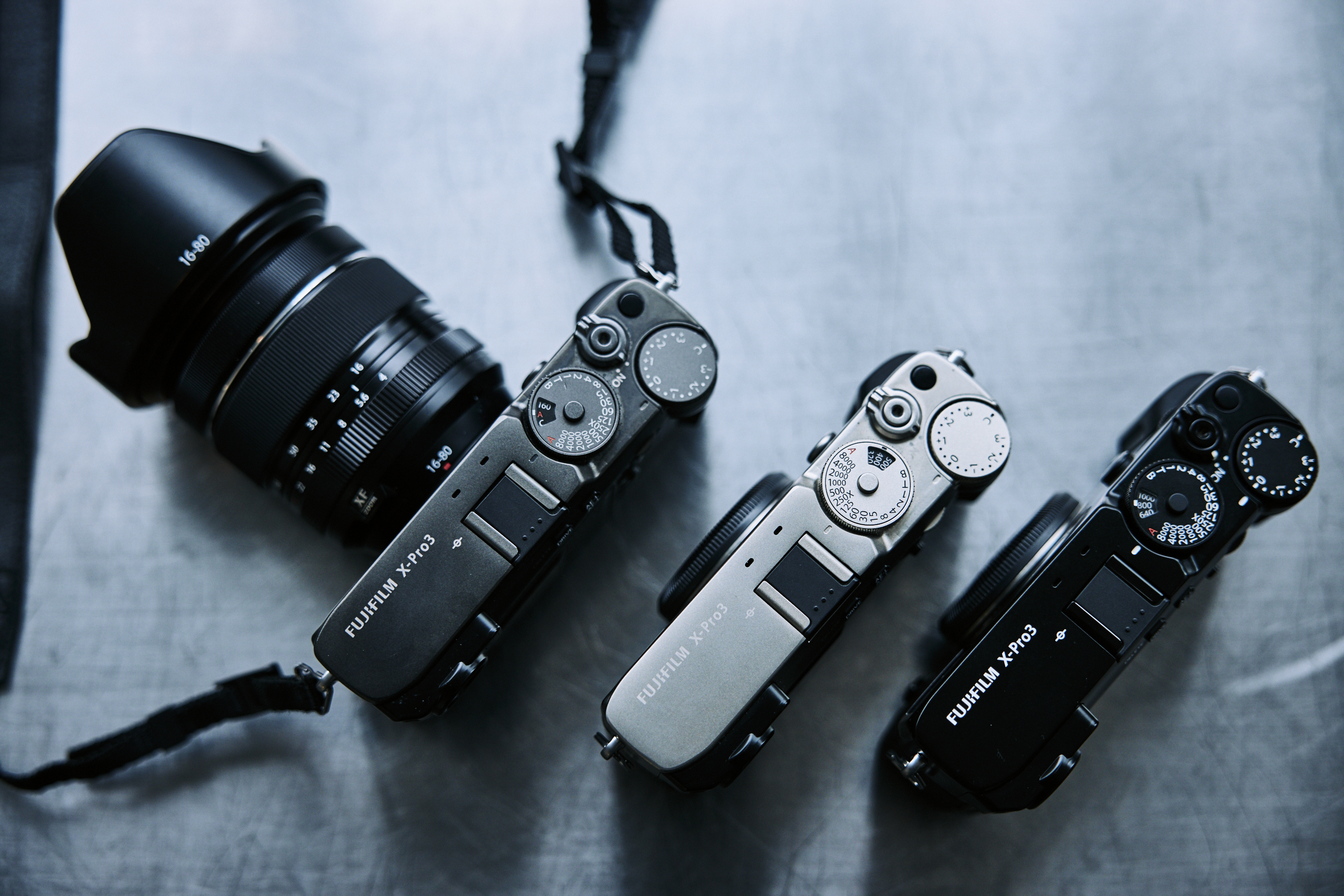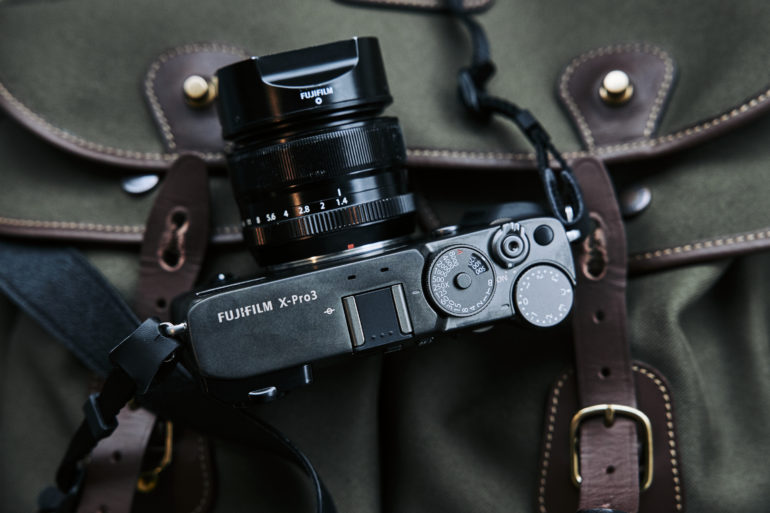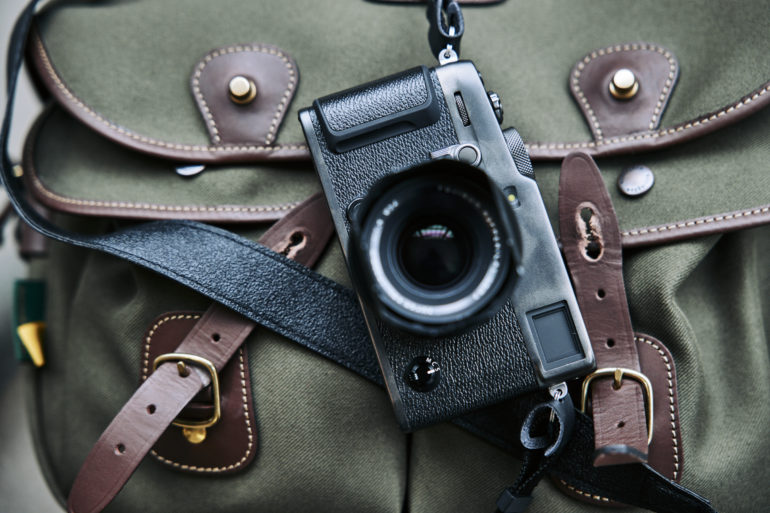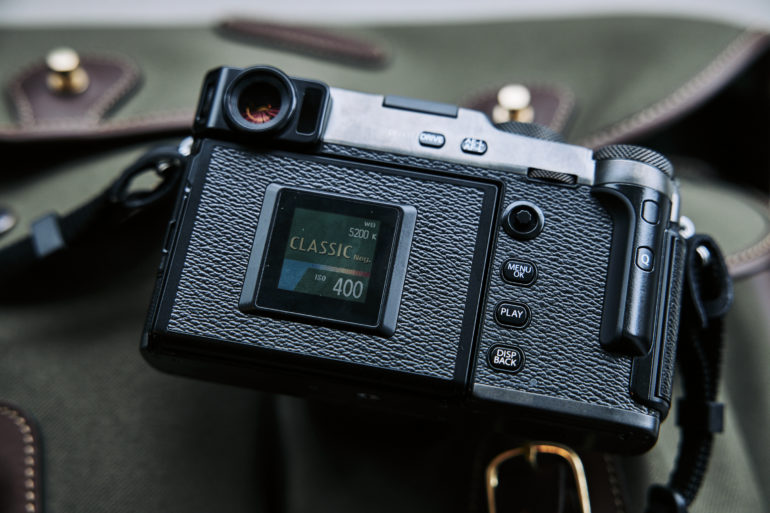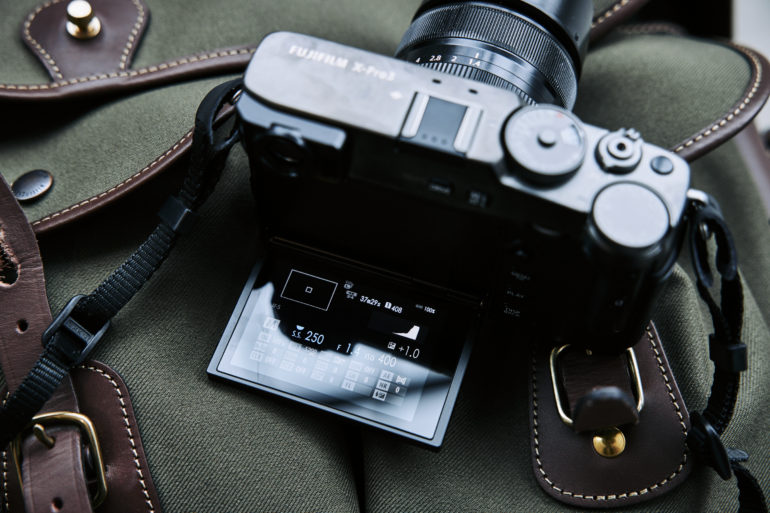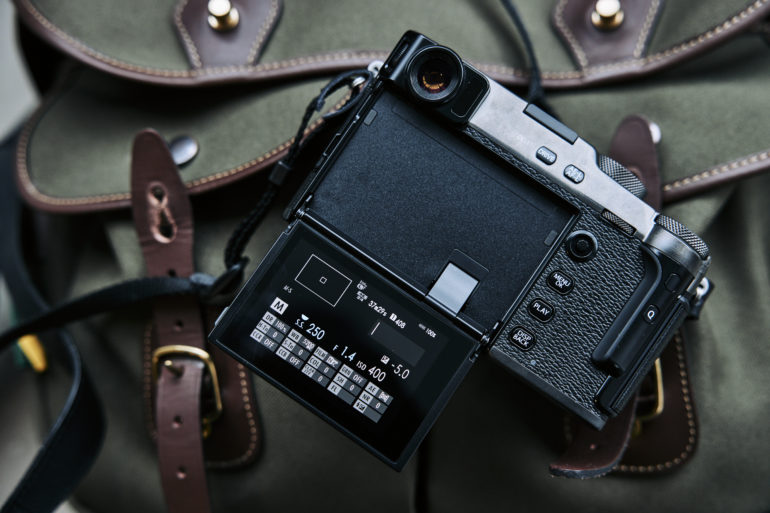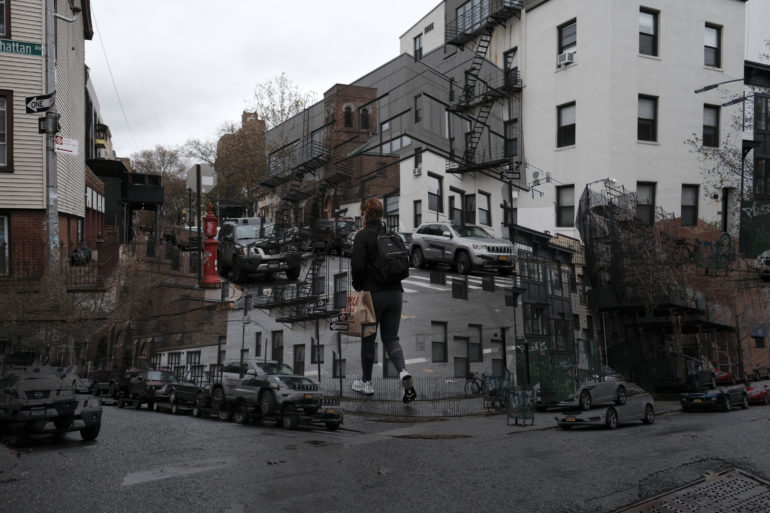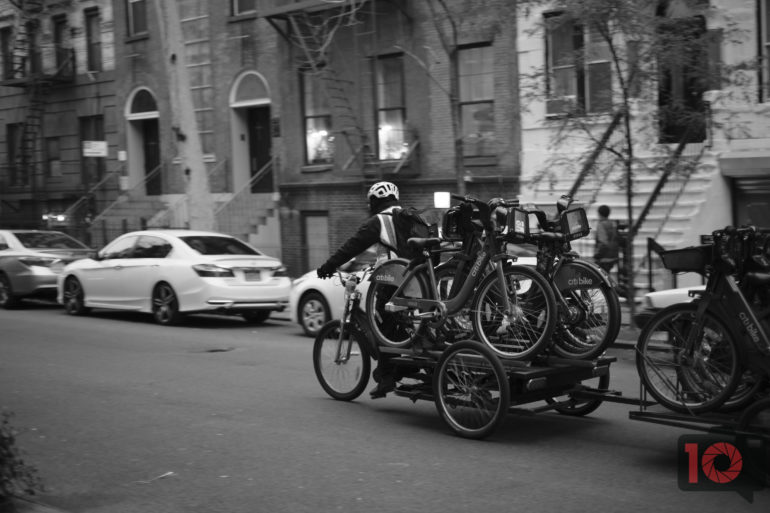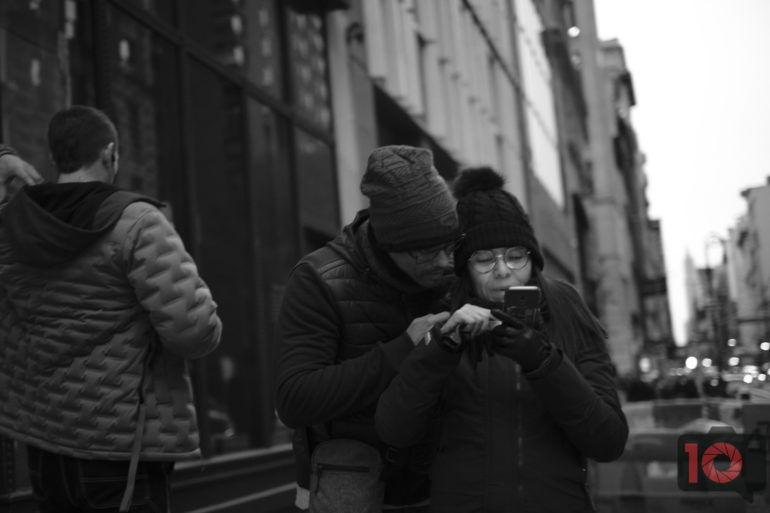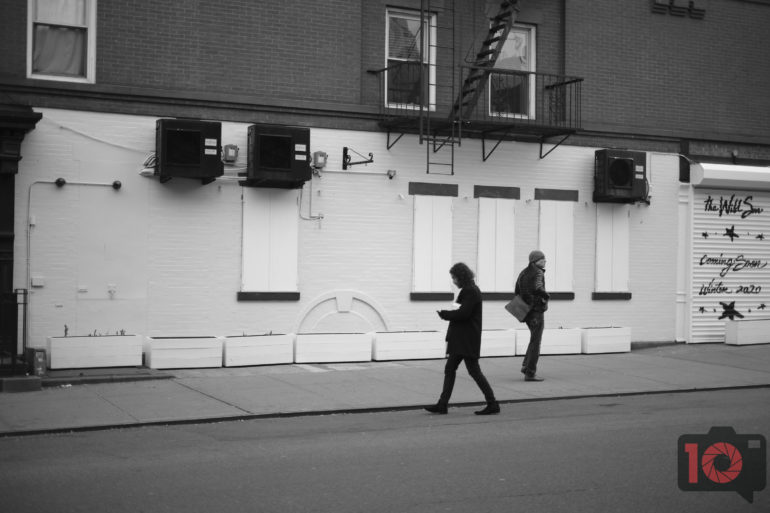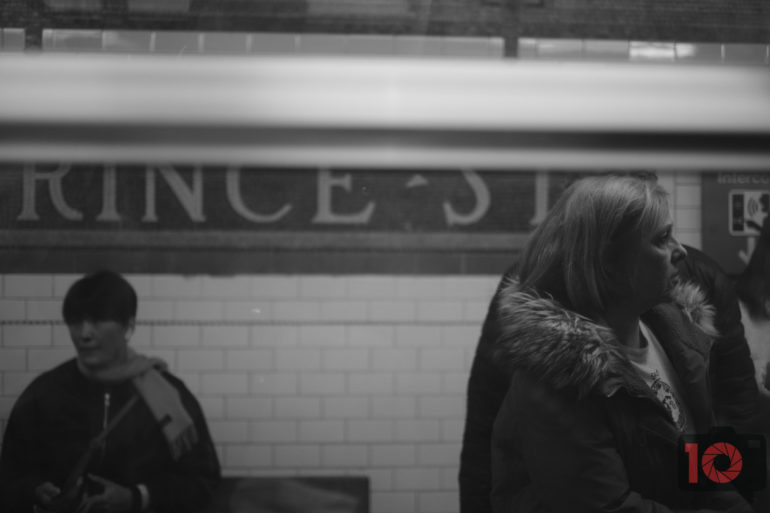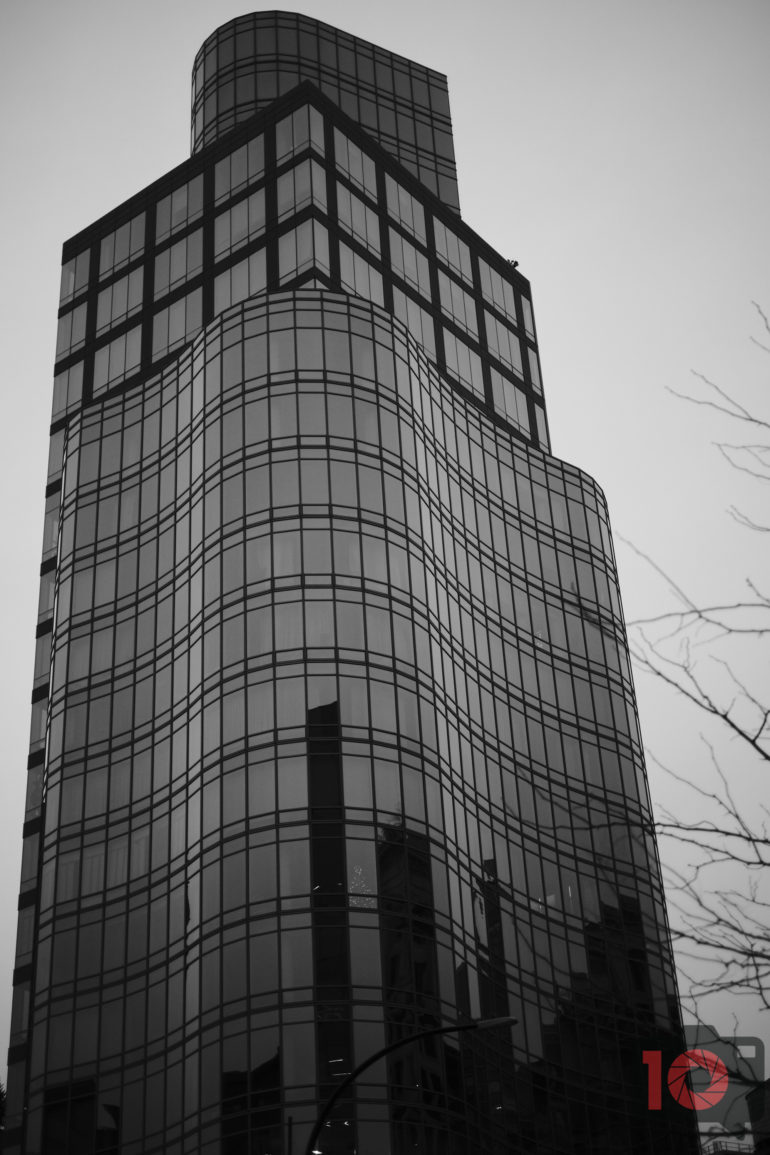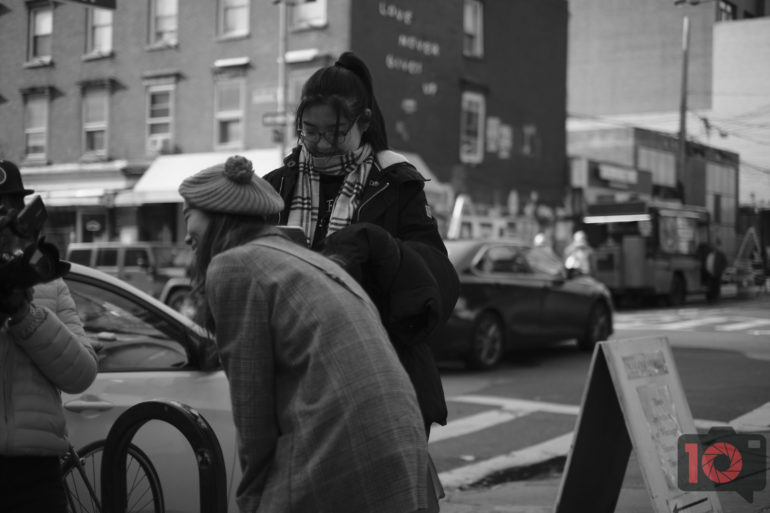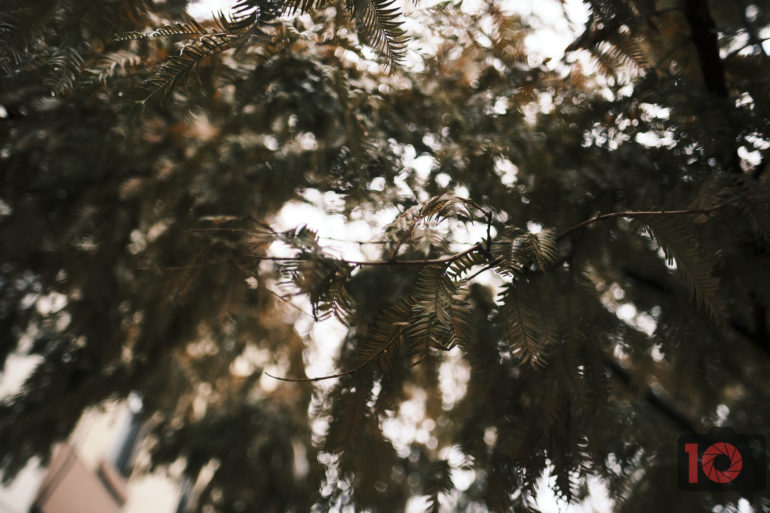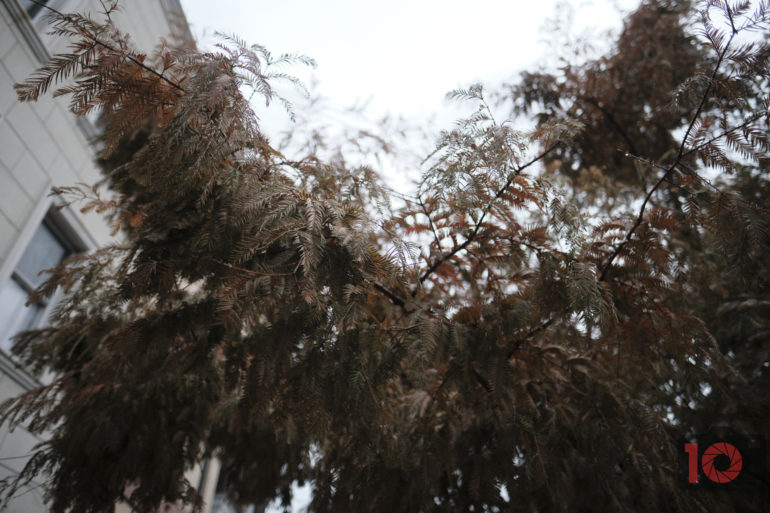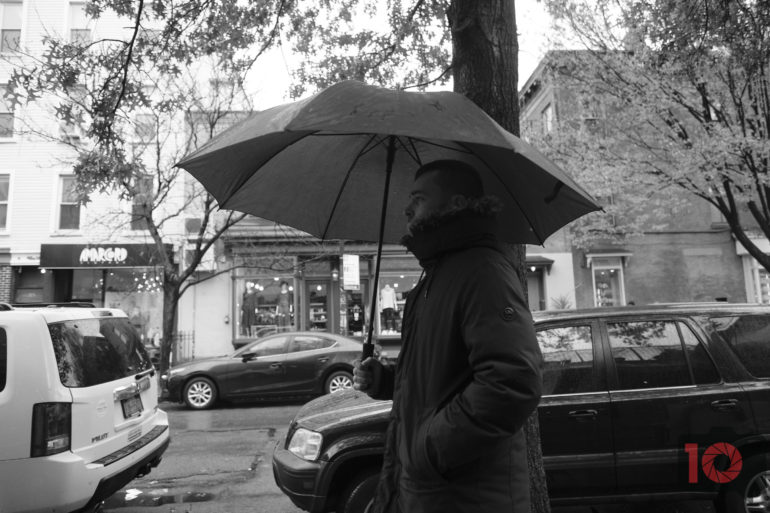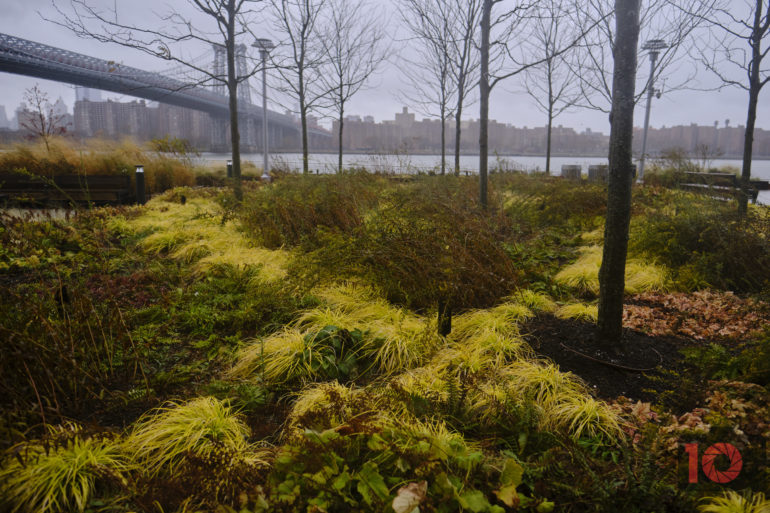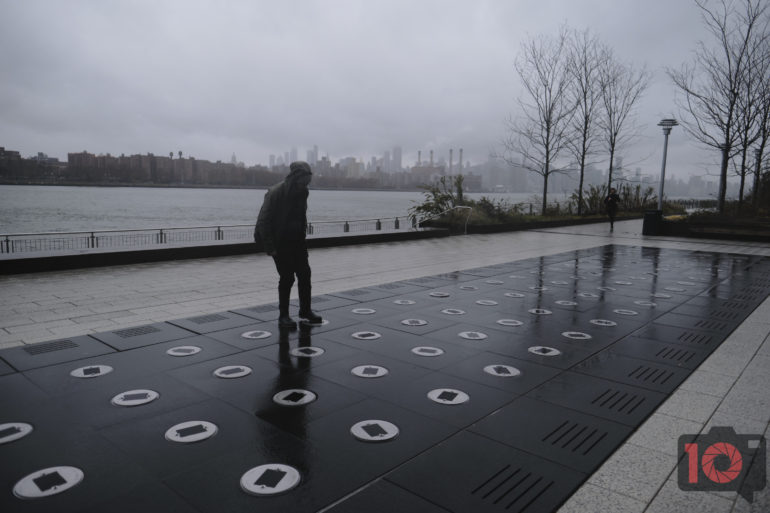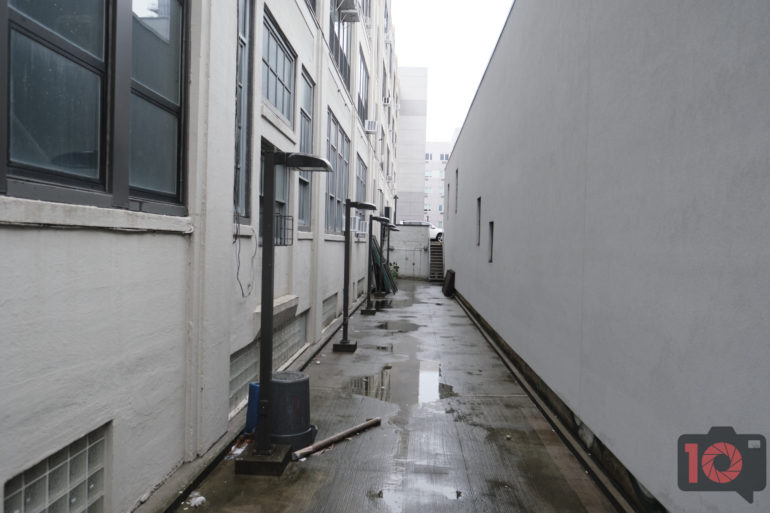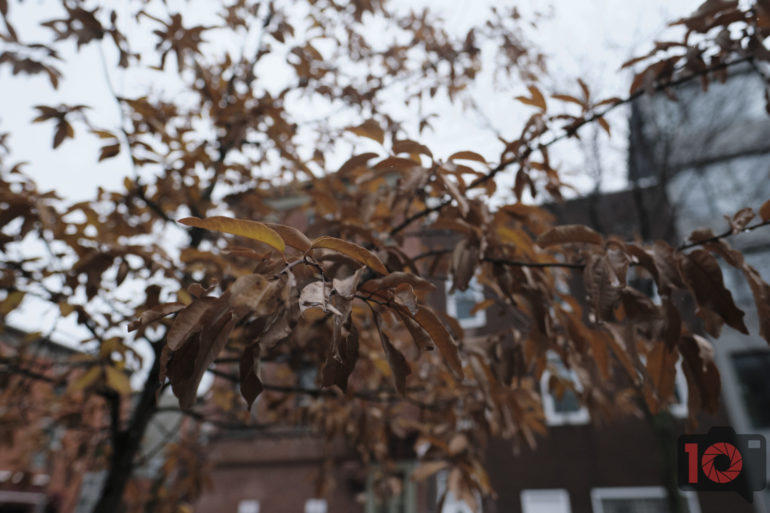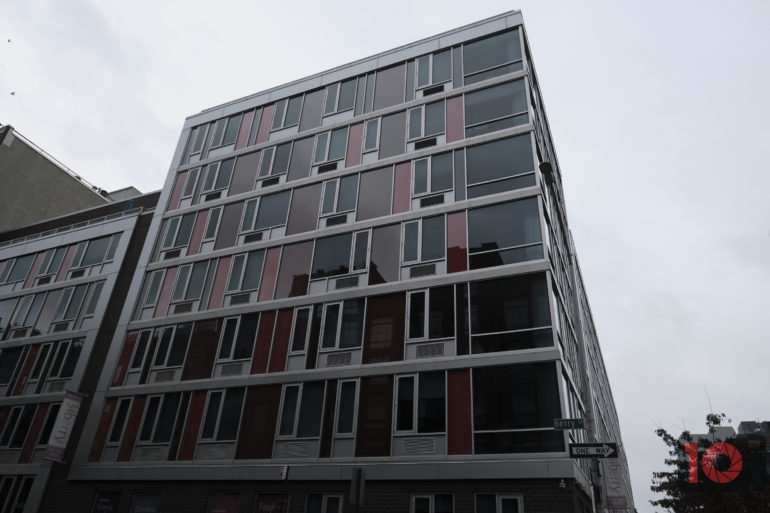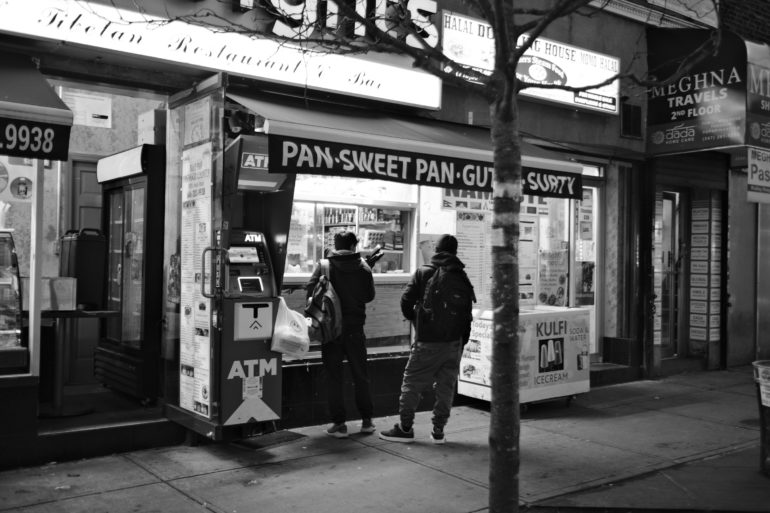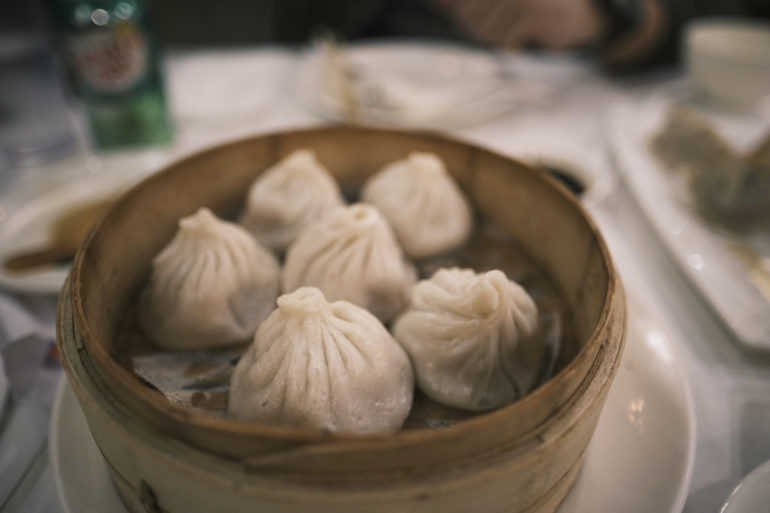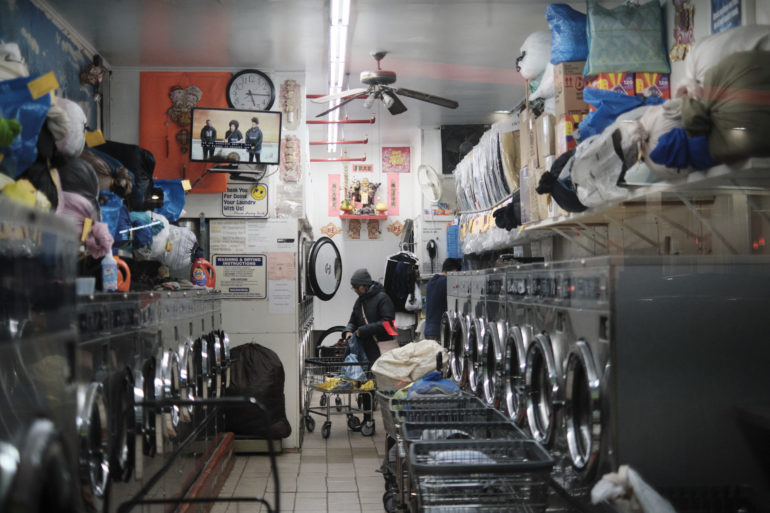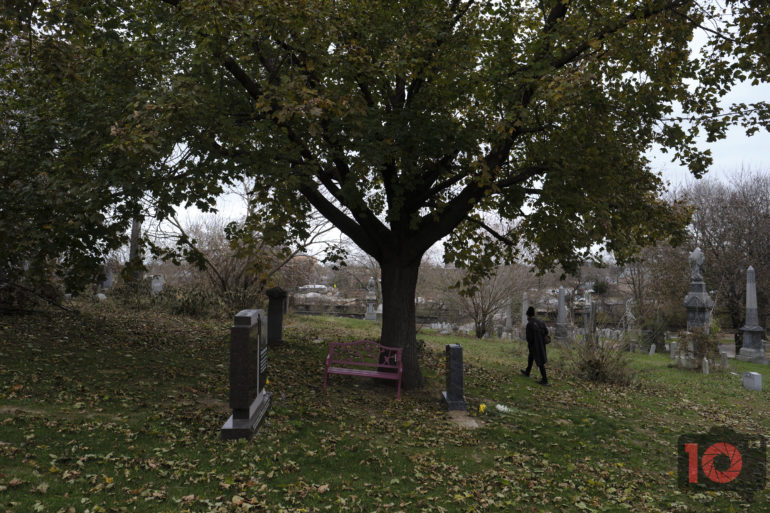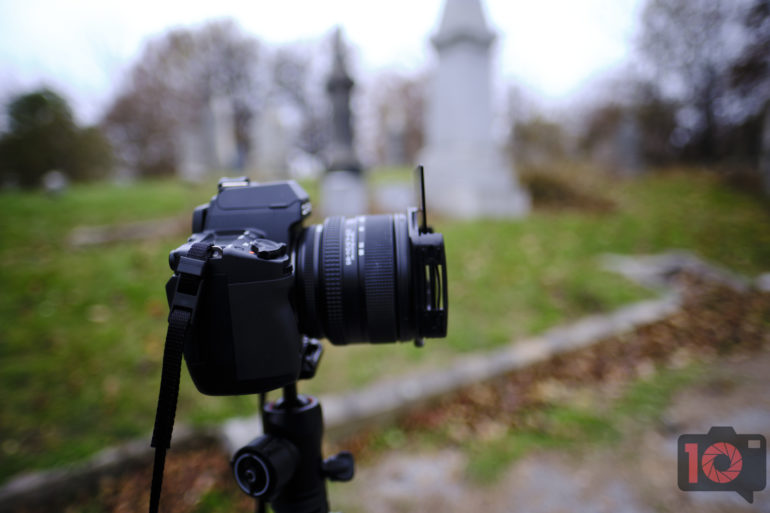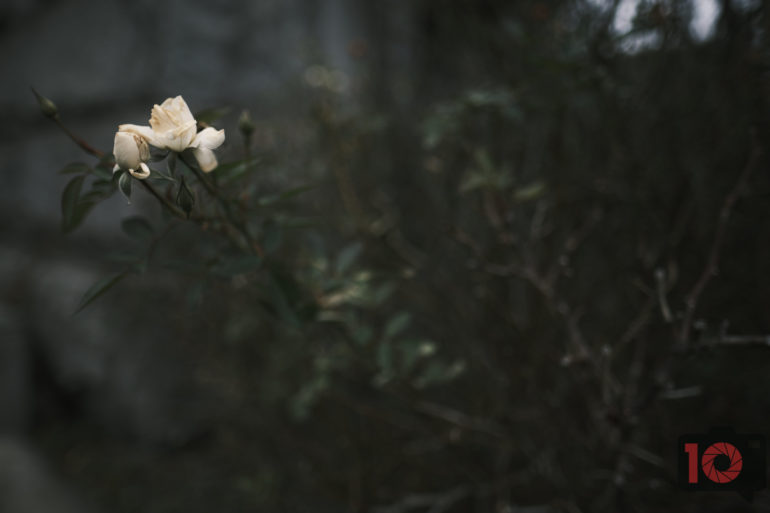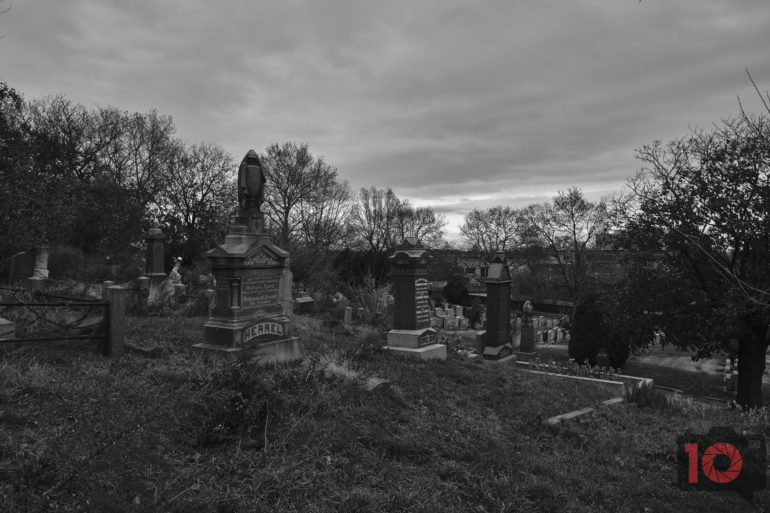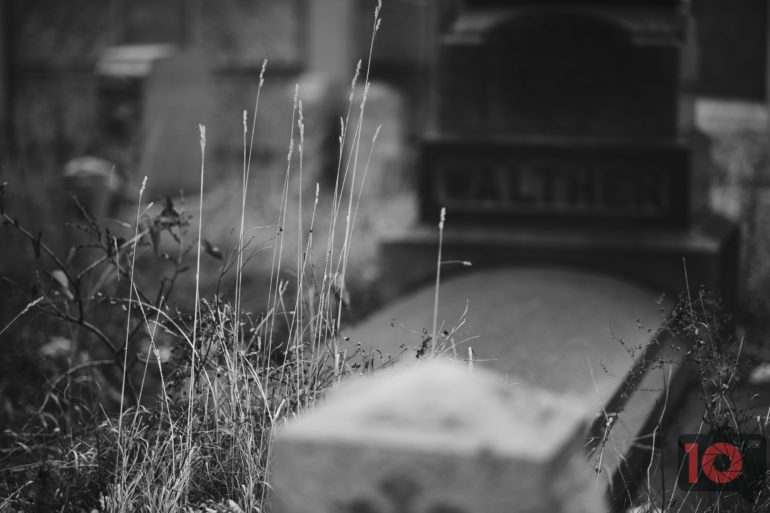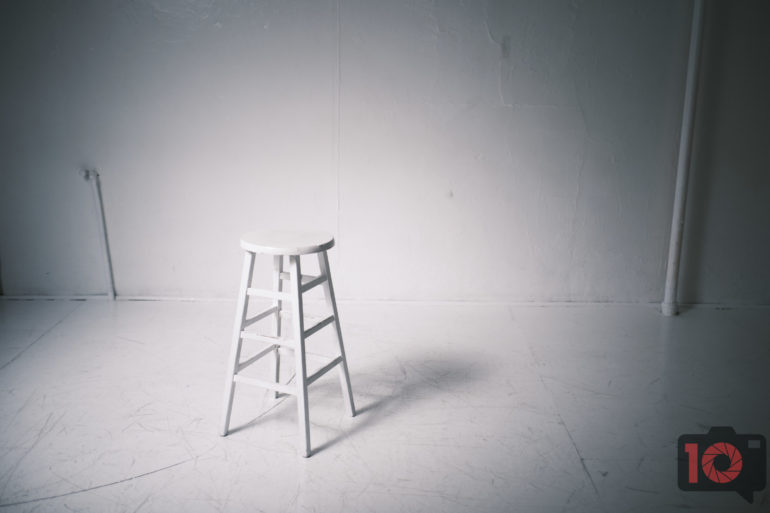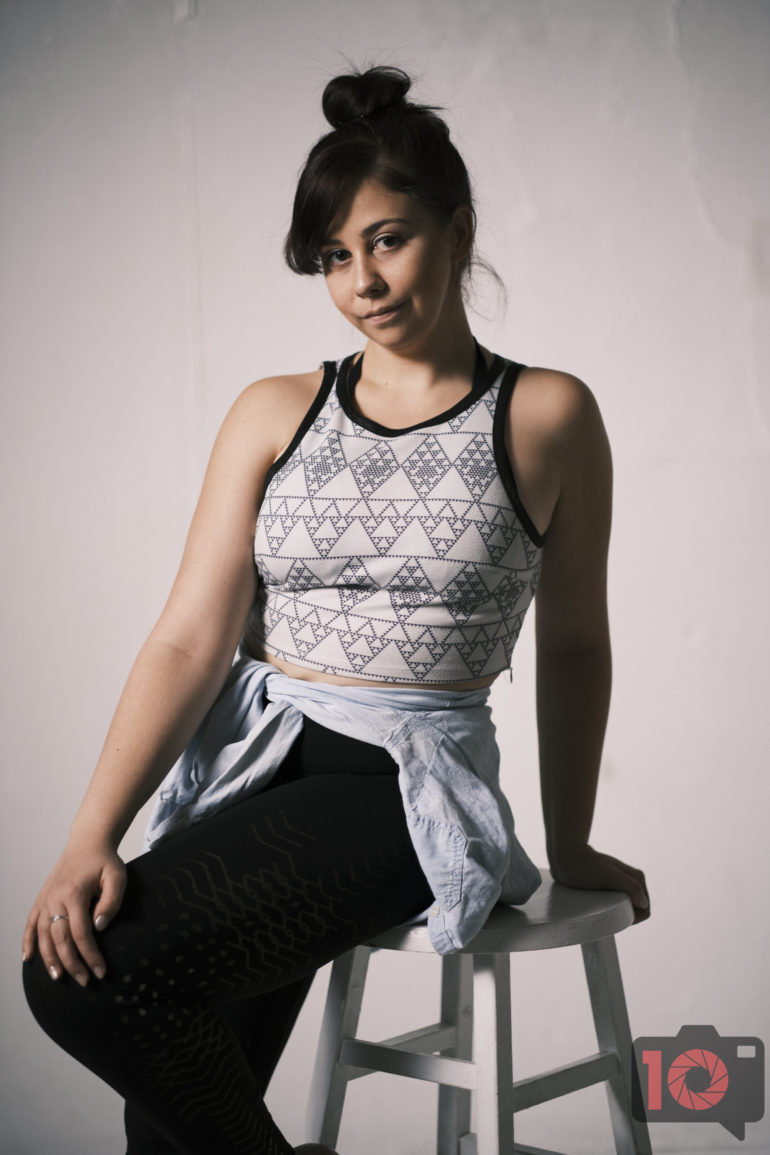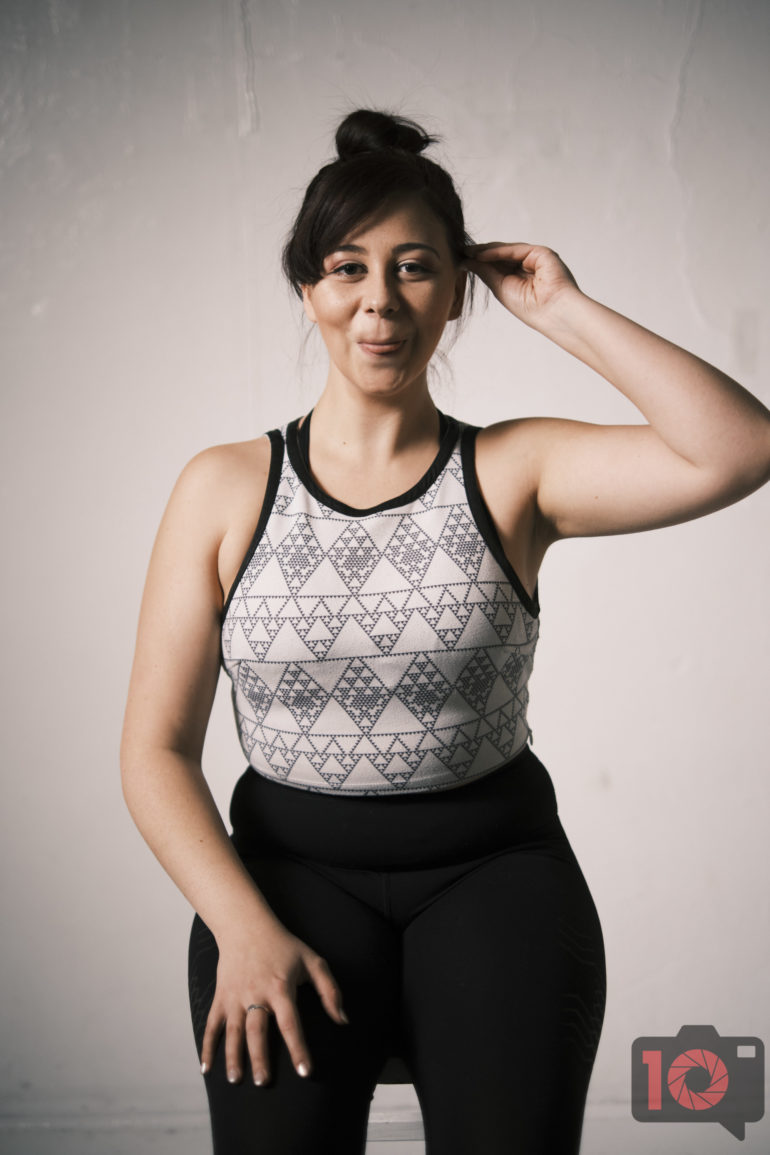Last Updated on 06/05/2023 by Chris Gampat
You should think about the Fujifilm X Pro 3 as a tool for a photographer who wants to be present in the moment and doesn’t want to miss a thing that’s happening. I’ve been waiting for the Fujifilm X Pro 3 for a long time; I felt that the X Pro 2 was great but not ideal. When the X Pro 3 was announced, I joined others in reveling at how much of a slap in the face to the industry this camera really is. The hidden LCD screen means the photographer needs to look through the viewfinder or unfurl the LCD screen to shoot. When I walked around NYC with Fujifilm reps, they stated I was the only photographer to not use the LCD screen to shoot at all. And that’s what this is about. The desired effect of this keeping you in the zone while shooting is something the Fujifilm X Pro 3 does very well. The Fujifilm X Pro 3 will be the best camera for a certain type of photographer while others will gawk at it.
Editor’s Note: This review was updated in June 2023.
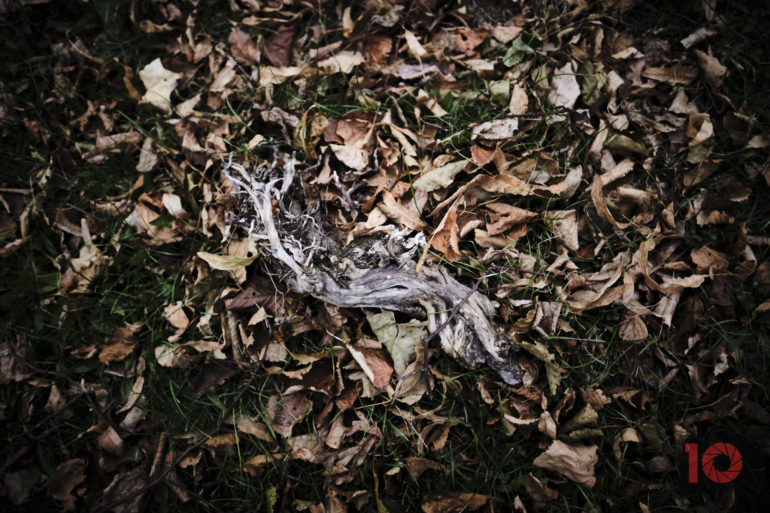
Table of Contents
Pros and Cons
Pros
- Superia is beautiful (Classic neg)
- We love the lack of a major screen
- Autofocus can be fine-tuned for different situations
- Everyone loves the look of Classic neg
- You can push the shadows for forever and get details – the highlights not as much, but they’re still there
- The screen helps you stay focused and aware
- USB C charging ensures that you can keep using the camera
- Video features deliver pretty video
- Arguably, you don’t need to edit the RAW files because the JPEGs let you do so much
- For street and documentary shooting, the hidden screen will keep you in the zone when shooting
- Face detection is fantastic when not trying to track erratic movements
- Acros and clarity enhancements are going to make you fall in love with Fujifilm all over again
- The Chrome effect for skies is subtle and very nice
- Autofocus is fantastic for events and most professional work
- Fujifilm’s collection of small primes pair wonderfully with this camera
- The best camera to embrace high ISO noise on the market
- Using the OVF will prolong battery life at the expense of slower autofocus
- This is less of a street camera than a documentary and event shooter’s camera
- The wider lenses make zone focusing easy. This is imperative for street photography
- Multiple exposure mode is a very welcome addition
- Very good battery life
Cons
- Has problems keeping subjects in focus when they’re continuously moving
- When you need the screen, it’s a bit of an annoyance; like when photographing a portrait subject in motion
- This camera desperately needed Blackout Free EVF shooting
- Touchscreen menu navigation should be on this camera
- Autofocus needs improvements
- Rated images in-camera aren’t brought into Capture One Pro. This is critical for the photojournalist.
- Enhancing the clarity makes the camera take extra time to render the image
- The battery life in long term use is about on par with the new Sony Z batteries. We wish it were longer, but it’s also a much smaller battery.
- For street shooting, the wide and tracking AF area still lets you select a zone, but it shouldn’t. This can throw off shooting in real-life street situations
- Shooting from the hip? You may accidentally hit the function button and not the shutter release
- Exposure dial needs a locking mechanism
- Multiple Exposure mode saves the final images only as JPEGs
- The addition of image stabilization could have meant that this camera has a better chance at becoming the perfect camera for street photography
Gear Used
We tested the Fujifilm X Pro 3 with:
Tech Specs
Tech specs for the Fujifilm X Pro 3 taken from official Fujifilm press release:
- 26.1MP APS-C X Trans Sensor
- Dual SD Card slots
- Classic Negative Film simulation mode
- New Multiple Exposure enhancements
- Hidden Tilting LCD Screen. 3.0 inch, aspect ratio 3:2, approx. 180 degree tilting 1.62 millions dots touch screen color LCD monitor
- Reverse Galilean viewfinder with electronic bright frame display
- 0.5 inch approx. 3.69 millions dots OLED Color Viewfinder (4:3)
- E-Ink display
- Weather sealing
- Titanium Top and bottom plates
- ISO 160-12,800 standard
- 4K video
- USB-C
- Approx. 497g / 17.5oz (including battery and SD memory card) Approx. 447g / 15.8oz (excluding battery and SD memory card)
- (W) 140.5mm × (H) 82.8mm × (D) 46.1mm / (W) 5.5in × (H) 3.3in × (D) 1.8in (minimum depth 34.8mm/1.4in)
- Three colors: Black, Dura Black and Dura Silver
Ergonomics
Taken from our first impressions
Aside from the model name etching, the top of the Fujifilm X-Pro 3 looks basically identical to its predecessor. The hot shoe, combination Shutter Speed & ISO Dial, On/Off Switch, Shutter Release, Exposure Compensation Dial, as well as a customizable button are all located up top.
Towards the front of the camera, you’ll the front dial, the toggle lever for the Hybrid OVF/EVF, lens release, as well as the Focusing Mode Dial.
The rear of the Fujifilm X Pro 3 is where you’ll find the most noticeable design change. Where you would normally find an LCD is replaced by a square E-Ink display that’s always on. This is designed to mimic the window on analog cameras of yesteryear where you would slip in the end tab of your film box to remind you of the film loaded within. Aside from the always-on display, a number of buttons are located on the back of the X Pro 3. These include the Drive Mode button (which doubles as the delete button), AE-L/AF-L button, rear scroll wheel, joystick, Menu/OK button, Playback button, as well as the Display/Back button. The other customizable button and the Quick Menu button can be found on the thumb rest.
In case you were afraid Fujifilm had removed the LCD altogether, rest assured that the X Pro 3 still has one. The touchscreen LCD is tucked away by default and can be accessed by folding down the rear panel.
The touchscreen can be folded down all the way but does not feature a tilting mechanism.
Build Quality
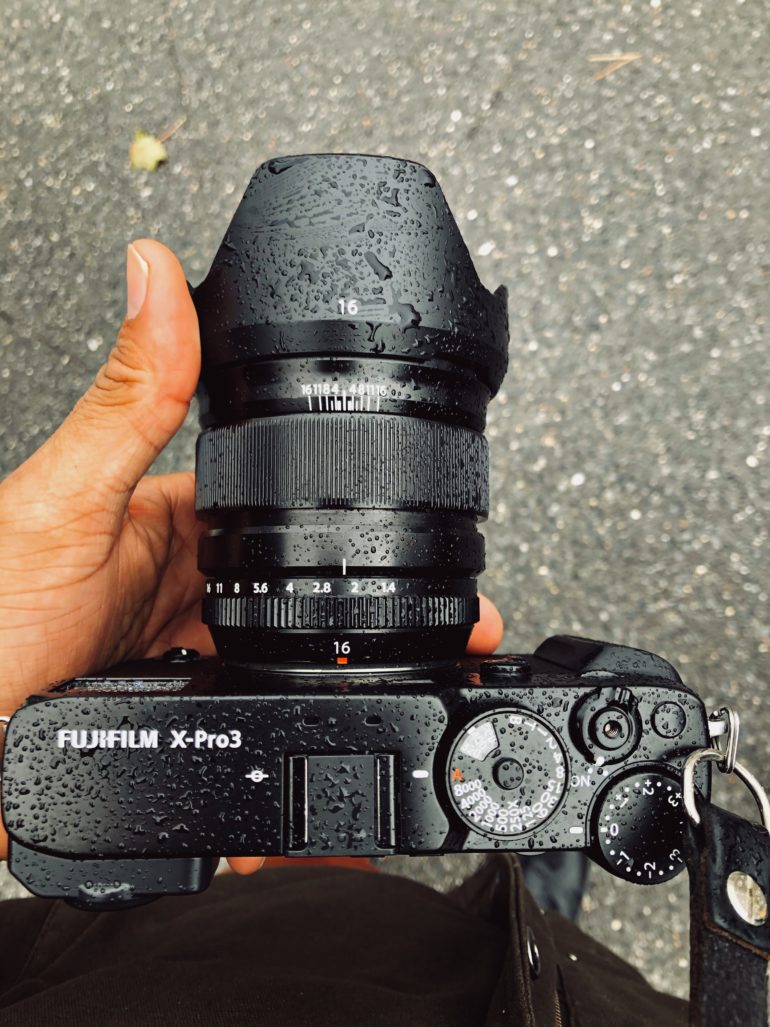
We took the Fujifilm X Pro 3 in the rain on a number of occasions, which it withstood with ease. Photographers shouldn’t be afraid of going out and shooting in the rain. More importantly, if you’re the type of street photographer who wants to shoot in the rain, pair it with the 16mm f1.4 R WR. This lens is weather-sealed and it’s also got the zone focusing mechanism on the focusing ring. It’s pretty perfect for this type of shooting experience. There wasn’t a single time where I lacked confidence in the Fujifilm X Pro 3’s ability to handle what we threw at it.
In the hand, the Fujifilm X Pro 3 feels a lot more sturdy than its predecessor, with a bit more of a grip to hold onto. It’s very nice. To be honest, it’s somewhere between holding a Leica and a Fujifilm XT3. Photographers are bound to really like it.
Build Quality Update 2023
My Fujifilm X Pro 3 continues to keep working very well. My back e-ink screen that displays the film simulation has cracked. However, the camera continues to still work nearly flawlessly. For the record though, I have the titanium dura-silver edition with the extra toughness.
Ease of Use
We’re going to drop a few major truth bombs here when it comes to the ease of use. If you’re an experienced photographer, then you’re going to love this camera. If you don’t need to chimp every photo you take, then you’re going to adore it. If you don’t use the LCD screen often or even at all, the Fujifilm X Pro 3 is the camera for you. If you’re the newer type of photographer I see on photowalks that needs your screen, then you’re going to gawk at this camera. The screen is only a mild difficulty when it comes to working with portrait subjects, but it’s not too awful. For event shooting and when shooting on the streets, the hidden LCD screen is a godsend. It will keep you focused and in the zone. (That’s where you should be anyway.)
 Where you’ll probably get annoyed is with the new Fujifilm Multiple Exposure features. Fujifilm had this in their cameras for a long time, but not to the degree of layering nine images. Unfortunately, the stacked images are only available as JPEGs. Canon lets you keep your RAW originals and makes the multi-exposure photo a RAW. So, this is a bit of a let down. On the other hand, I condition myself to create better JPEGs anyway.
Where you’ll probably get annoyed is with the new Fujifilm Multiple Exposure features. Fujifilm had this in their cameras for a long time, but not to the degree of layering nine images. Unfortunately, the stacked images are only available as JPEGs. Canon lets you keep your RAW originals and makes the multi-exposure photo a RAW. So, this is a bit of a let down. On the other hand, I condition myself to create better JPEGs anyway.
Ease of Use Update June 2023
Here are the details of the new 2.0 firmware update:
–*-*
The firmware for each model supports new application software “FUJIFILM XApp” for GFX and X series cameras.
“FUJIFILM XApp” is the advanced application software for the current one, “FUJIFILM Camera Remote”, with which wireless communication becomes more stable and faster so that images and movies transportation from the camera becomes more smooth and comfortable with the smartphone and tablet terminal.
Moreover, the operation with the smartphone and tablet terminal becomes much simpler than the current application software, since all the data transportation operations, except for the “Bluetooth Pairing” between camera and the application software required at the first time only, are completed with the smartphone and tablet terminal.
Adding on the “Live View Mode” and access/download functions of the data in camera, several new functions are available, such as “Backup/Restore” to store the setting data in the shooting and setup menus, “Timeline” to review the shooting information of the camera/lens, shooting count/location, etc. and “Activity” to show the accumulated summary of the shooting count total, film simulation usage, etc., which should make GFX and X series cameras attractive more and more.
Note-1: Please see NEWS RELEASE for the details of “FUJIFILM XApp”.
Fujifilm releases the FUJIFILM XApp for the GFX / X Series of digital cameras
Note-2: “FUJIFILM XApp” works with iOS/iPad OS 13 or later and Android OS 11 or later.
Please download the “FUJIFILM XApp” from the following site by selecting the OS version of your smartphone / tablet terminal and the camera.
Note-3: “FUJIFILM XApp” will be available as soon as it is ready.
“AREA SETTING” has been added in the “USER SETTING” of the Setup menu, which changed the operation procedure for the initial setting and “TIME DIFFERENCE” setting as follows.
・24 hours display can be selected in “DATE/TIME”.
・Your living location can be selected with the world map as well as “Saving time” can be on and off in “AREA SETTING”.
・“LOCAL” can also be selected with the world map in “TIME DIFFERENCE”.
Note-1: “ARIA SETTING” and “DATE/TIME” menus appear when turning on the camera right after firmware upgrade. So please set up the above items in these menus.
“RESET” function in the Setup menu will change.
・“AREA SETTING” has been added on the list that would not be reset in “SET-UP RESET” function.
・“INITIALIZE” function has been added to reset all settings to default values, other than except for custom white balance.
Some of the menu related to the wireless connection changed as follows.
・“Bluetooth SETTINGS” in “CONNECTION SETTING” of the Setup menu has been changed to “Bluetooth/SMARTPHONE SETTING” and “IMAGE TRANSFER WHILE POWER OFF” has been added in this menu.
・“AUTO IMAGE TRANSFER” has been changed to “AUTO IMAGE TRANSFER” and “SMARTPHONE SYNC. SETTIN” has been changed to “SMARTPHONE LOCATION SYNC” for each.
Some of the menu items of “GENERAL SETTINGS” in “CONNECTION SETTING” of the Setup menu has been change as follows.
・“NAME” and “RESIZE IMAGE FOR SMARTPHONEH 3M” has been moved into “Bluetooth/SMARTPHONE SETTING” menu.
・“GEOTAGGING” has been moved into “SAVE DATA SET-UP” menu.
・“LOCATION INFO” has been moved into “SCREEN SETUP” menu.
・“〔Wi-Fi〕 BUTTON SETTING” has been moved into “BUTTON/DIAL SETTING” menu and changed to “Fn1 BUTTON SETTING”.
“Bluetooth Pairing Registration” has been added in “FUNCTION (Fn) SETTING” while pushing and holding the DISP/BACK” button, which changed the procedure to connect to the smartphone.
Even under busy Wi-Fi environment, the connectivity between the application for a smartphone (FUJIFILM Camera Remote) and a camera is improved.
The firmware bug has been fixed, which caused that the Live View display became black out and camera froze at changing “AF Area” in the display while taking “Live View Shooting” using Wi-Fi connection with smartphone applications (FUJIFILM Camera Remote) under the following conditions.
・“NUMBER OF FOCUS POINTS” in “AF/MF SETTING” menu is set to 425 POINTS (17×25).
・“FOCUS MODE” is set to “AF-S” or “AF-C”.
–*-*
You can download it here. Considering how bad the Cam Remote app was, you probably want to download this onto an SD card and then update the firmware. It’s quite odd that they’re jumping from firmware 1.33 to 2.0 all of a sudden. Not only that, but the only apparent changes that have come are for connectivity, Wifi, and the new X App. Frankly, I gave up all hope on Fujifilm ever supporting this camera again.
After the firmware update, the camera resets the location, date, and time. So reset this as needed. When this is done, you’ll need to hold down the display/back button to set up Bluetooth pairing as the X app states.
The first time I tested it, the connectivity worked pretty flawlessly. This was in my office with my router less than a meter away from me.
Eventually, I moved to my bedroom, and the app had a hiccup the second time it tried to communicate with the camera. I figured out that this is because when you power up the camera, the app has to find the camera first by Bluetooth. Once the app gives you the visual notification that this is working, you can use the work features.
Sometimes there’s a delay in communications, and this isn’t ideal. However, I’ll commend the fact that the app finally works.
With the new firmware 2.0 on the Fujifilm X Pro 3, a few things happen. Firstly, I can’t find a way to disable the 24hr time mode anymore. Second, it keeps the location info on all the time. Because of how Fuji’s menus are set up, the location info is in various locations. To shut it off, save battery life, and prevent the camera from getting warm, go into the wrench menu > save data setup > turn off geotagging. I’d also then go into the X app and set location syncing to the slowest time possible.
After two other tests in different locations, the app seems to be working perfectly fine now. Fujifilm nailed it, and I hope they don’t screw it up somehow.
As a long-time Fujifilm X Pro 3 user, I’m still quite confused. Why couldn’t they stuff better autofocus performance and at least the animal and bird autofocus scene recognition into this camera? Well, let me roll that one back, as that may be too much for those who are apologetic to a billion-dollar company that charged a very high price for one of the most premium APS-C cameras to come out in the past five years. Instead, why couldn’t they give us Nostalgic Negative? Why did this camera not receive the marketing that it truly deserved?
Make no mistake, you’ll take my Fujifilm X Pro 3 out of my cold, dead hands. But the lack of support is something that I’d expect out of Sony or Canon and not Fujifilm.
Autofocus

Though the Fujifilm X Pro 3 isn’t necessarily meant for fashion shoots, the autofocusing algorithms straight out of the box spoke volumes to me. When we shared these images on Facebook, many were quick to point out that the autofocus wasn’t keeping Casey’s face locked. In theory, that will mean street photographers will have a tough time if they’re trying to use the autofocus. This problem occurs in both low light and good light. Here are more image samples.
Editor’s Note: This series was edited for modesty.







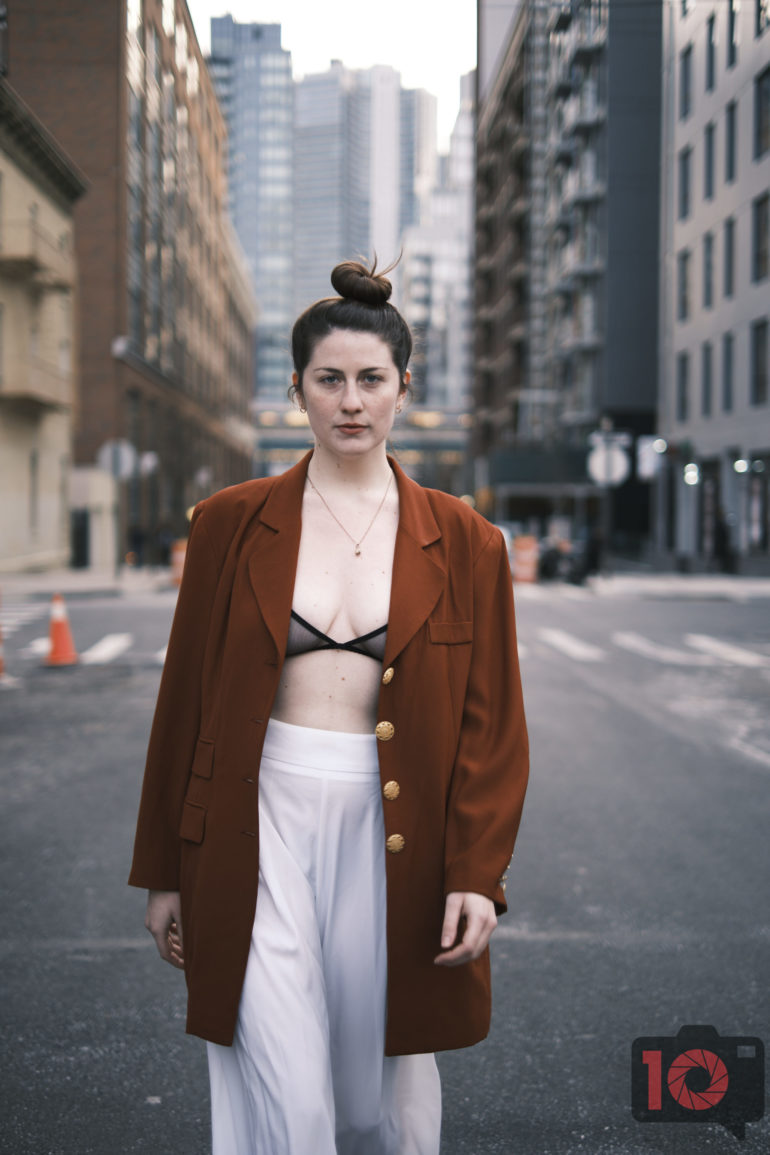

As you can see it’s a very mixed bag. But when it comes to working in the studio with a dancer mostly staying in place, the Fujifilm X Pro 3 was able to keep up. To explain this further, we tweaked the AF-C settings in the menu to cater to the subject. While this helped a lot, it means that every time you start working with a different subject type, you’ll need to tweak it. With that being the case, you may want to set this to a specific custom button. I didn’t in the end, but you may have different needs than I do.
The best results come from shooting with wider angles. Of course, this is because of the laws of physics and how much of a scene is in focus at a given aperture. Here are those studio results.
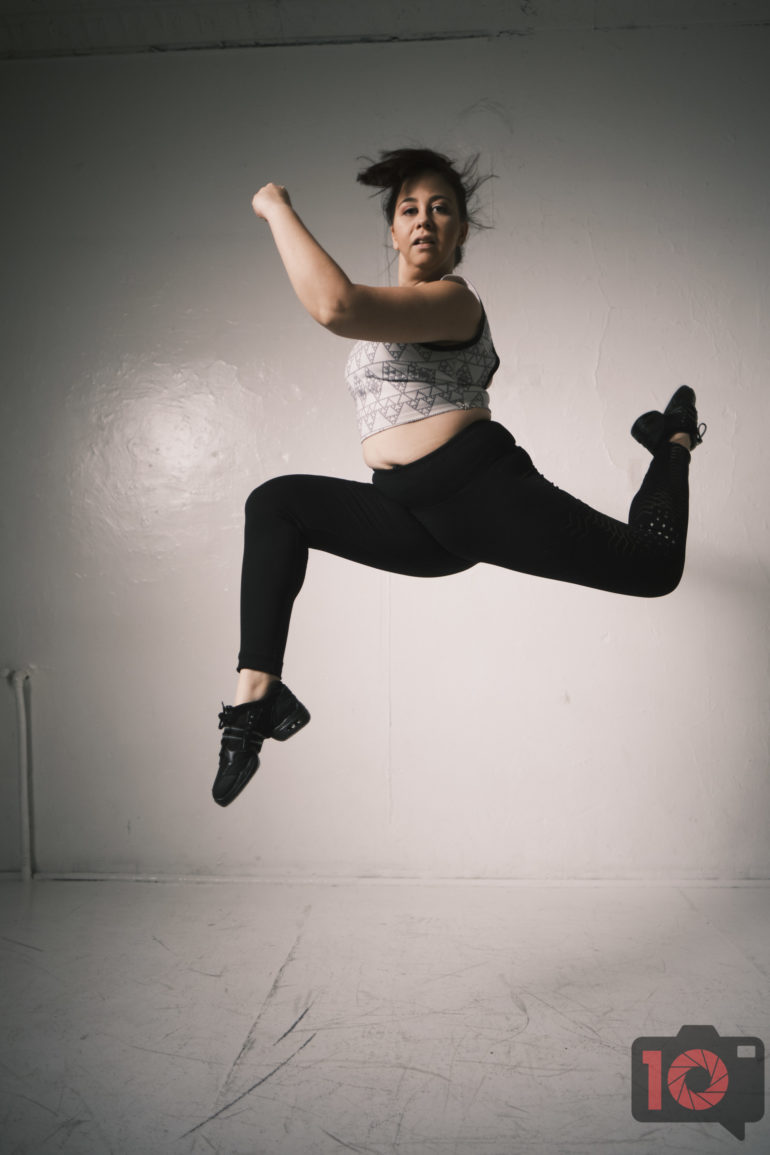
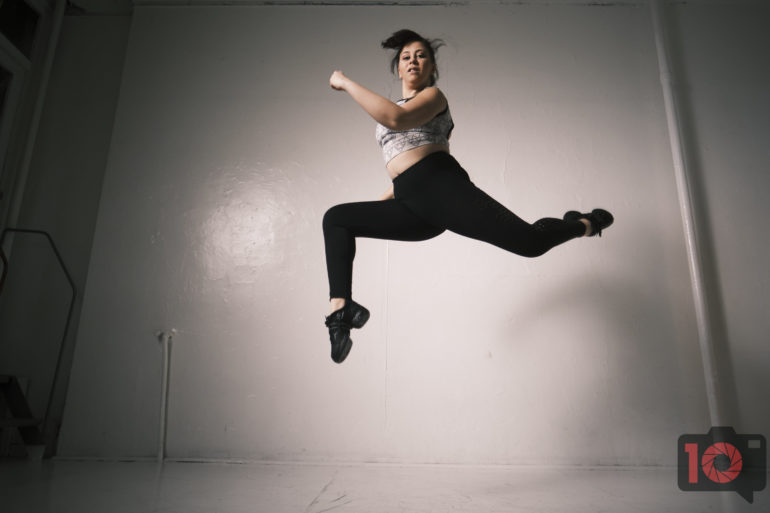
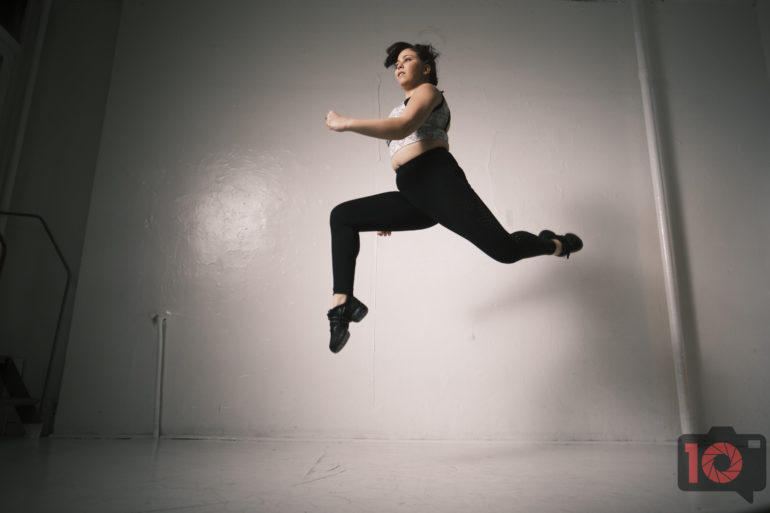
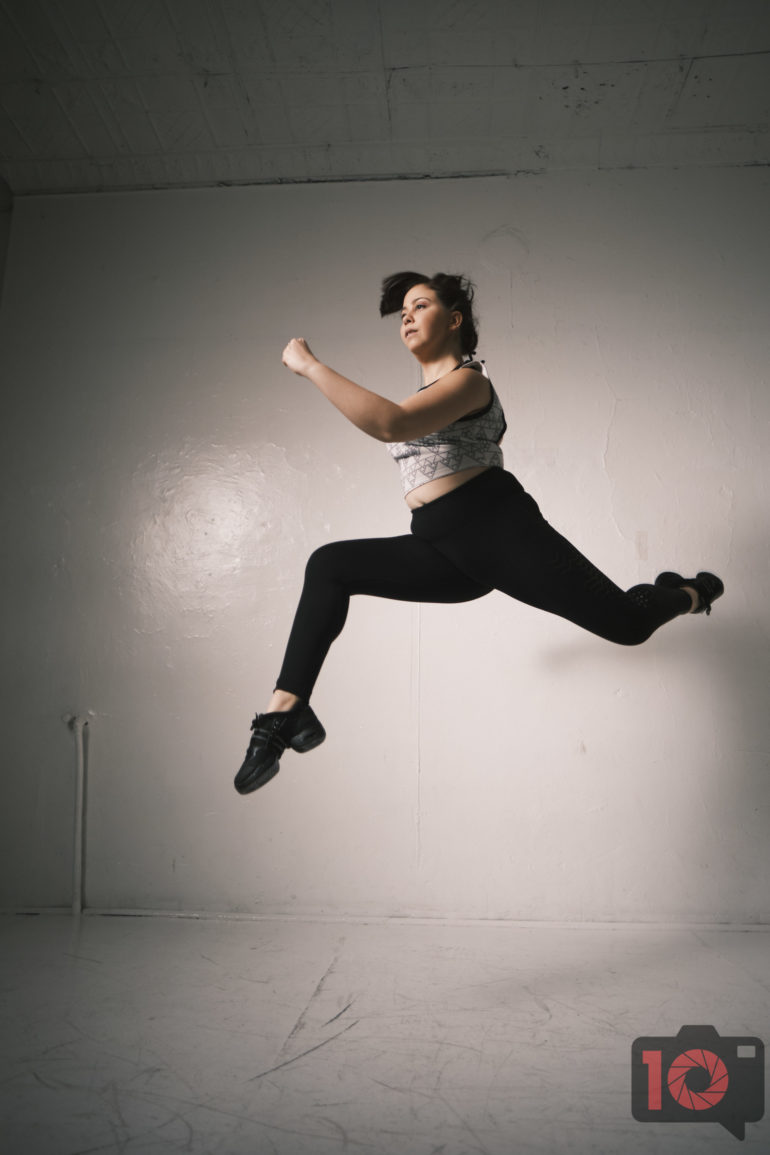
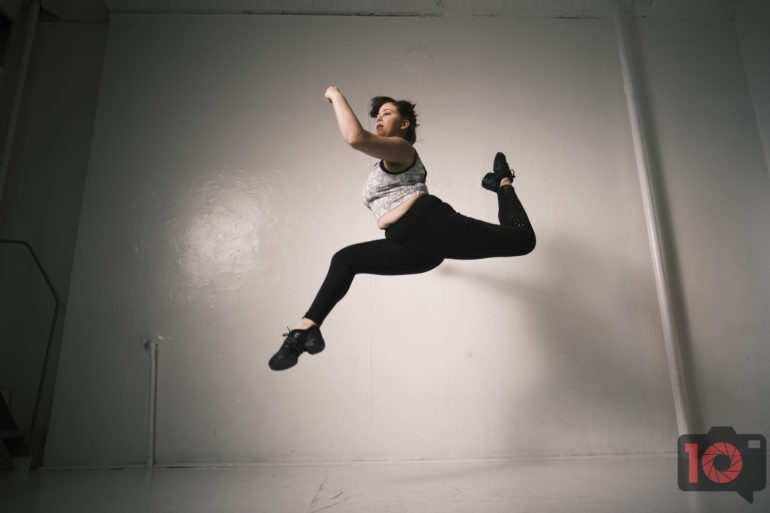
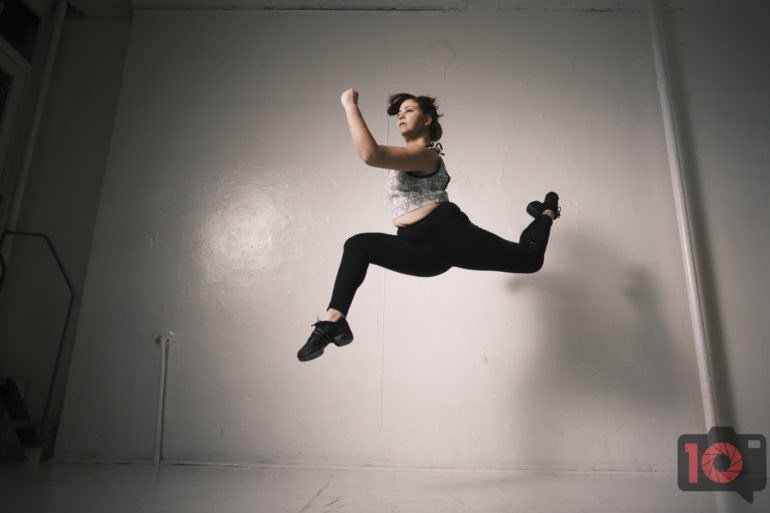
Truthfully speaking, we had a lot of difficulty with the autofocus of the Fujifilm X Pro 3 on the streets. When it came to keeping moving subjects in focus moving across different planes, it proved very difficult when shooting with a lens wide open. If subjects stayed on the same plane, then things were easier. Here’s a series where not a single photo was in focus.
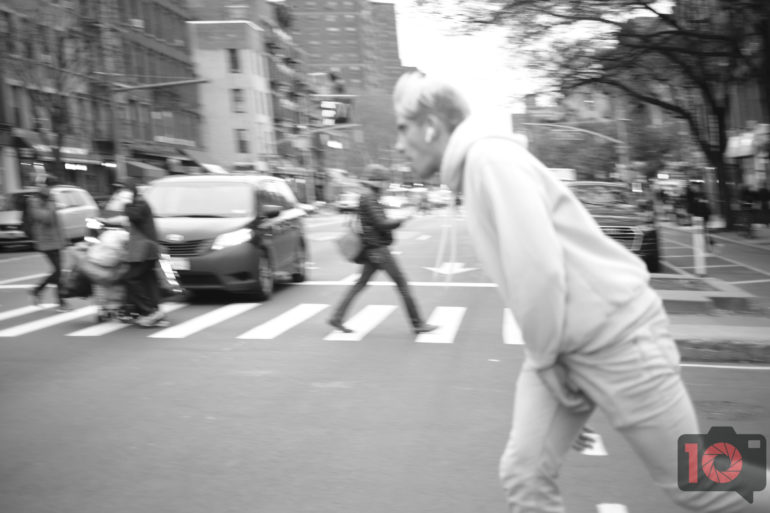
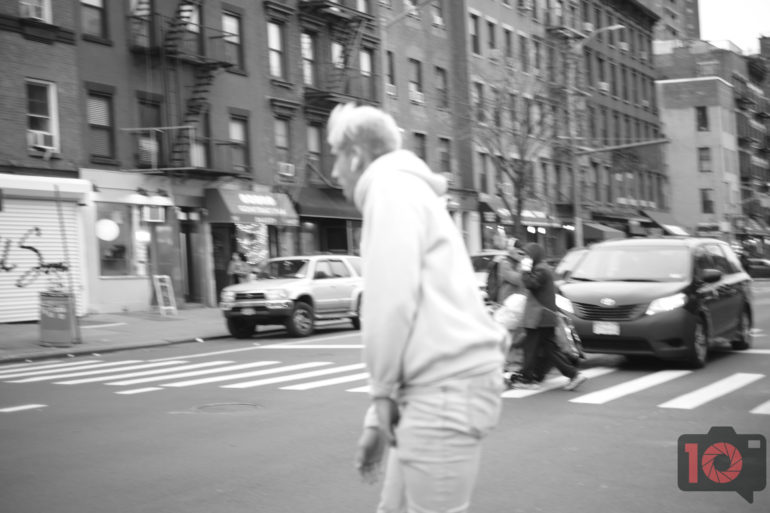
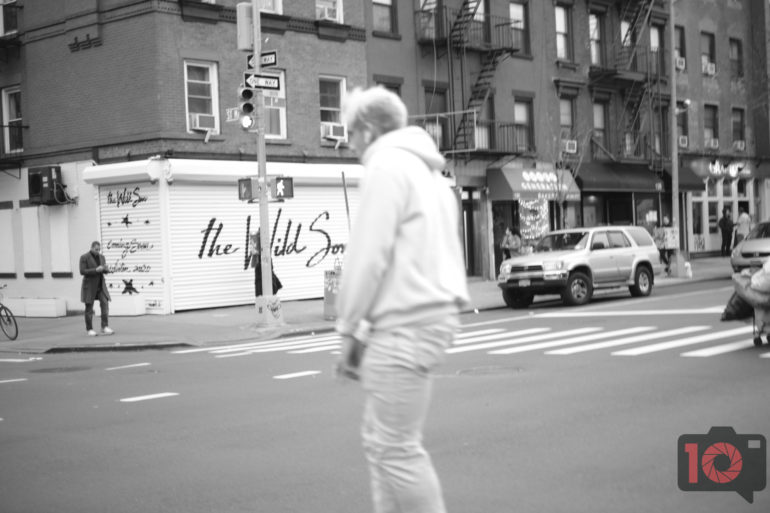
The thing that I found which really trips up the Fujifilm X Pro 3 is face detection with sunglasses on. In the photo below, I genuinely feel like the X Pro 3 should have nailed it. But it didn’t.

When it comes to street photography, photographers using the Fujifilm X Pro 3 will need to rely on the ability of the wider lenses to zone focus. Ideally, you should spring for the 16mm f1.4 R WR, however, the 23mm f1.4 can also do a great job. Either way, it’s important to zone focus. Of course, you can do this in camera and setting it using the scale and focus peaking. But to me that’s a bit distracting.

Image Quality

RAW File Versatility
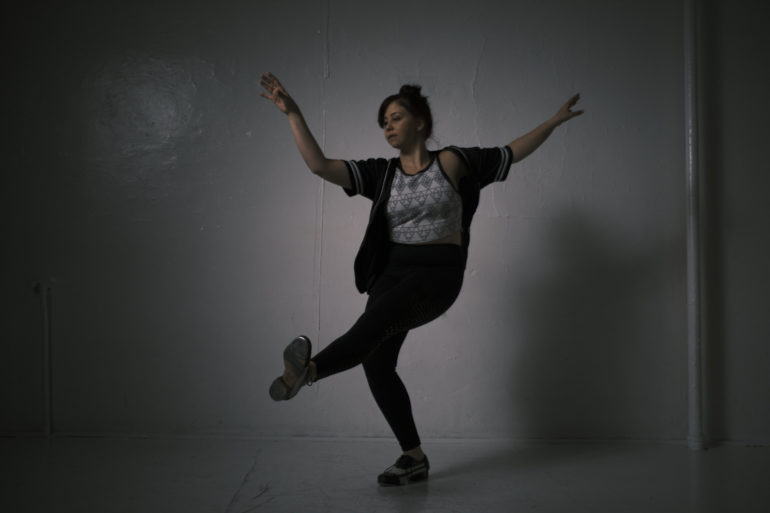
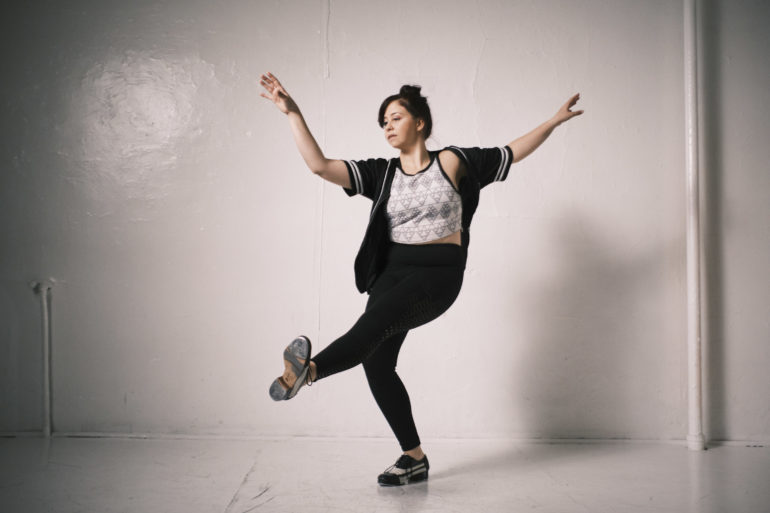
The Fujifilm X Pro 3 is fantastic when it comes to the camera’s RAW file versatility. You can see we were able to recover a ton of details from the shadows. By modern camera standards, that’s pretty expected. What’s even better is that if you need to keep pushing a file, you can simply embrace Fujifilm’s Film simulations and make the image just look like grainy film. This is an advantage that only Fujifilm and arguably Olympus has.
High ISO Output: Update June 2023
The high ISO output from the Fujifilm X Pro 3 has often been seen as a camera that isn’t all that great. And truthfully, it depends on how you’re using it. Over the long term, I’ve seen that its not so great when trying to recover details in wildlife photography. But it’s fantastic for both prints and documentary-style work. So essentially, to each their own.
In our print tests, the images were wonderful. Use it for documentary-style work and use the image noise as high ISO grain. Don’t do that for wildlife, though, as it just won’t hit the same.
Extra Image Samples
Conclusions
Likes
- With the Fujifilm X Pro 3, Fujifilm is truly embracing them for themselves
- Classic Negative
- Weather Sealing
- Autofocus is great where it counts and where you can make money
- Clarity addition means you do less work
- Multiple Exposure Mode is wonderful for the most part
- I love that Fujifilm delivered their own take on the chimping the screen debate.
Dislikes
- The autofocus for street photography and tracking really needs a tweak.
The Fujifilm X Pro 3 is truthfully one of the most innovative cameras to come out this year. Though Sony has been pushing the boundaries when it comes to innovation, Fujifilm has been doing things that no one else is. The hidden LCD screen is a brilliant innovation that keeps photographers focused on what’s important. Classic Negative and the addition of the Clarity setting will mean that you’re doing less work in post. The multiple exposure setting is one Sony refuses to return to its cameras. Though Olympus put a smaller battery in a newer camera and promised similar battery performance, Fujifilm is actually able to hold themselves to their claims. Though the Fujifilm X Pro 3 uses the same battery as its predecessors, it’s still very efficient when it comes to using the battery. Event and portrait photographers will appreciate the looks they can get in addition to the gorgeous image quality overall. Couple this with the quiet mechanical shutter or the silent electronic shutter and you’ve got a great camera. Then when photojournalists need to bring it out into the rain or rough environments, they’ll be able to trust that the gear works. In the prints, the Fujifilm X Pro 3 really wins for high ISO noise over the Sony a6600. But Sony still takes the lead when it comes to RAW file editing by just a hair. Perhaps the biggest problem with the Fujifilm X Pro 3 is with the autofocus in the streets. If Fujifilm can fix this via firmware updates, it will be one of the most perfect cameras on the market. But to be fair, they have the lenses that can compensate.
The Fujifilm X Pro 3 wins our Editor’s Choice award with five out of five stars. I’m most likely going to buy one. You can pick one up at Amazon.


